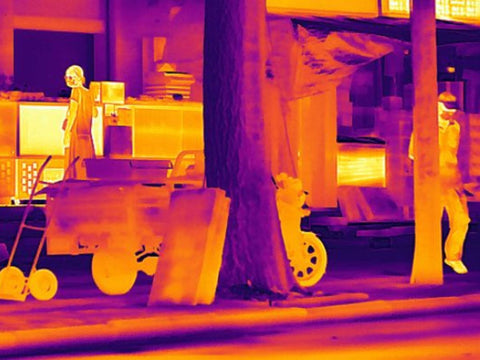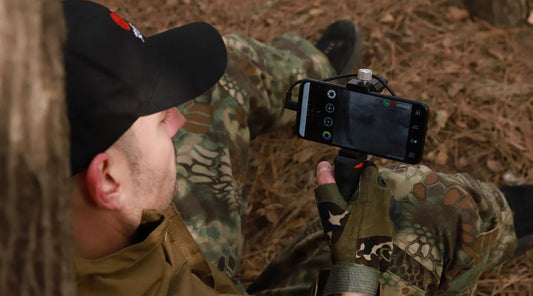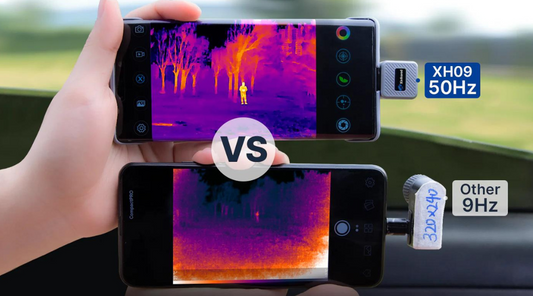The Capabilities and Limitations of Thermal Camera
Thermal cameras are widely recognized because they can detect the heat signature and generate an image of the temperature changes. A frequent issue raised by the issue is whether a thermal camera can penetrate a garment. In this article, We will explore the capabilities and limitations of thermal techniques.
How to Make Understanding Thermal Imaging
Thermal camera is one of the foundations of modern science and it works by measuring the IR emission of an object according to its temperature. Instead of a traditional camera which depends on the visual field, a thermal camera picks up a heat signature and converts it to a visual one. The technique is good at detecting temperature changes, with hotter objects looking brighter and colder ones darker. Understanding the mechanical properties of thermal imaging is critical for understanding its applications across different areas, from industry inspections to medical diagnostics. Understanding the basic functioning of the system gives us an understanding of the capacity and limits of the system so that we can use it fully in a wide range of environments.

Can Thermal Cameras See Through Clothes?
Although there are many misconceptions about it, the fact remains that thermal cameras can't pierce through garments to expose what's underneath. This error is usually due to an erroneous understanding of how thermal imaging works. Although the thermal camera is good at detecting the heat signature and sensing the temperature change, it cannot penetrate a material such as a garment. This restriction is due to the insulation of garments, which prevents the transfer of heat. Knowing this difference is essential to remove false perceptions and to recognize the potential of thermography. Recognizing their limits allows us to deal with their usage more responsibly and ethically, as well as taking advantage of their advantages in a wide variety of applications. But the short wave infrared thermal camera can pierce through the dacron or the silk cloth.

Replacement of Clothing Detection with Thermal Imaging
Although thermal imaging might not be appropriate for the detection of garments because it cannot penetrate a solid body, there are other techniques available that provide a feasible solution. One such alternative is millimeter-wave scanning, widely employed in security settings like airports. These scanners can detect hidden items beneath the garment while not harming the privacy of the individual or exposing the anatomy. Different from a thermal camera, millimeter wave scanners work by analyzing the reflection of the radio waves, offering a noninvasive way to detect clothing.
Generally speaking, because of the insulation of garments, a thermal camera can't penetrate a garment. Although they provide valuable insight into the changes in temperature, they are limited in the penetration of hard materials such as clothing. Knowing those limits is critical to the responsible and ethical application of thermal imaging.




